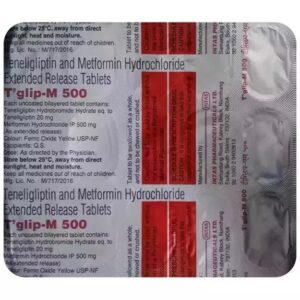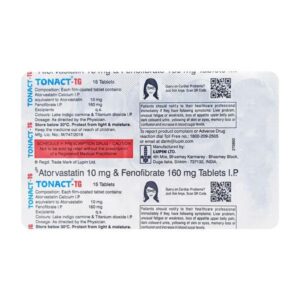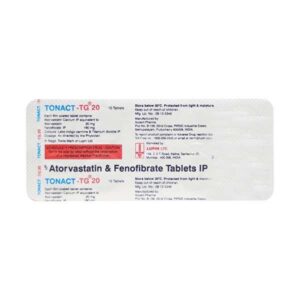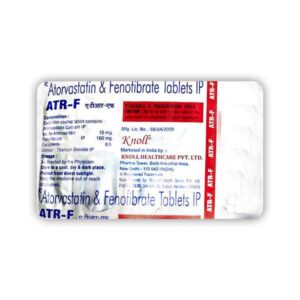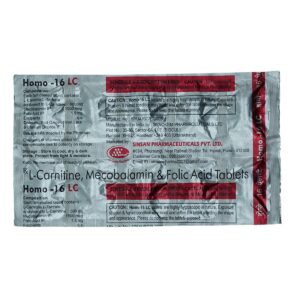ATORVASTATIN + FENOFIBRATE
Atorvastatin: Atorvastatin is a medication commonly known by the brand name Lipitor. It is primarily prescribed as a lipid-lowering agent to lower cholesterol levels and reduce the risk of cardiovascular diseases. It belongs to a class of drugs known as statins.
The main mechanism of action of atorvastatin is inhibiting the enzyme HMG-CoA reductase, which plays a crucial role in cholesterol synthesis in the liver. By blocking this enzyme, atorvastatin reduces the production of LDL cholesterol (“bad” cholesterol) and triglycerides while increasing the levels of HDL cholesterol (“good” cholesterol) in the blood. This helps in preventing the buildup of cholesterol in the arteries and reduces the risk of heart disease.
The usual starting dose of atorvastatin is 10 to 20 mg taken once daily. The dosage may be increased to a maximum of 80 mg per day, depending on the patient’s response and lipid profile. It is usually taken with or without food at any time of the day but should be taken at the same time each day for best results.
As with any medication, atorvastatin can cause side effects. Common side effects include muscle pain, joint pain, diarrhea, constipation, nausea, headache, and stomach pain. Rare but more serious side effects may include liver problems, muscle breakdown (rhabdomyolysis), and an increased risk of diabetes. It is important to discuss any persistent or severe side effects with a healthcare professional.
Atorvastatin should not be taken by pregnant or nursing women as it may harm the fetus or baby. It is also contraindicated in individuals with liver disease, history of muscle disorders, or hypersensitivity to the medication. Additionally, atorvastatin can interact with certain medications, so it is important to inform the healthcare provider about all other medications being taken.
It is essential to take atorvastatin as prescribed and regularly monitor cholesterol levels to ensure its effectiveness. Lifestyle changes, such as a healthy diet, regular exercise, and smoking cessation, are also important in managing cholesterol levels and reducing the risk of cardiovascular diseases.
Fenofibrate: Fenofibrate is a medication that belongs to a group of drugs known as fibric acid derivatives. It is primarily used to lower high levels of triglycerides and cholesterol in the blood.
The main mechanism of action of fenofibrate is to increase the activity of lipoprotein lipase, an enzyme responsible for breaking down triglycerides. By enhancing the clearance of triglycerides from the blood, fenofibrate helps to decrease triglyceride levels and increase levels of high-density lipoprotein (HDL) cholesterol, which is often referred to as the “good” cholesterol.
The typical dose of fenofibrate varies depending on the specific brand and strength of the medication, as well as the patient’s condition. Generally, the recommended dose ranges from 48 to 145 mg taken orally once daily. It is important to follow the prescribed dosage and directions provided by a healthcare professional.
Like any medication, fenofibrate can cause certain side effects. Common side effects may include abdominal pain, diarrhea, back pain, headache, dizziness, and increased liver enzymes. It is also important to monitor liver function while taking fenofibrate, as it may rarely cause liver problems. In rare cases, fenofibrate may also lead to muscle problems such as muscle pain, weakness, or rhabdomyolysis (a severe muscle breakdown). If any severe side effects occur or persist, it is essential to seek medical attention promptly.
Fenofibrate is typically used as part of a comprehensive treatment plan that includes lifestyle changes such as a healthy diet, regular exercise, and weight control. It is important to consult with a healthcare professional about the appropriate use of fenofibrate and to discuss any potential drug interactions or contraindications before starting treatment.

